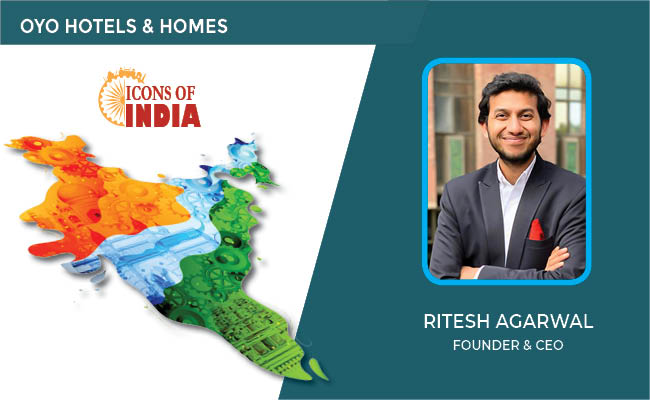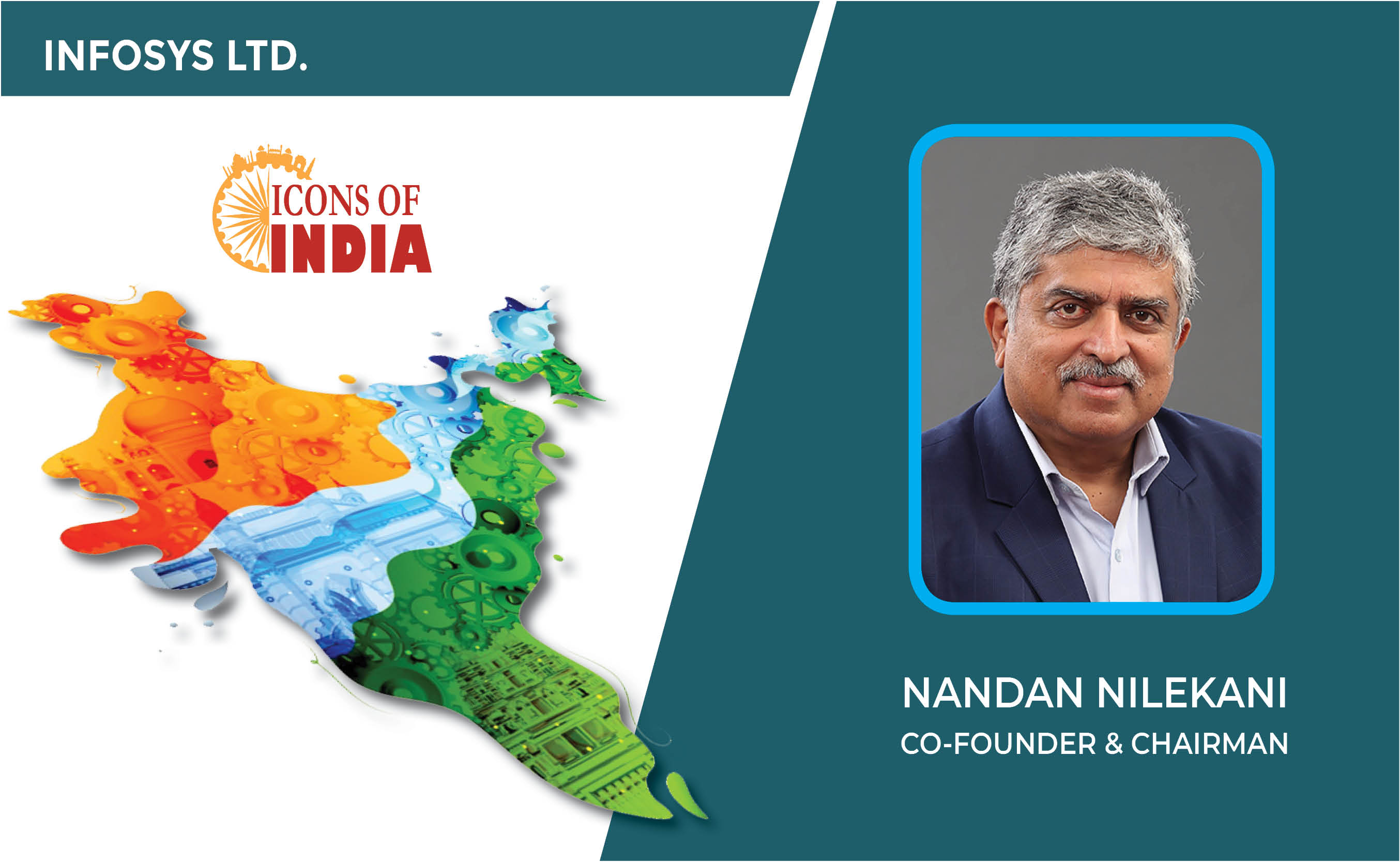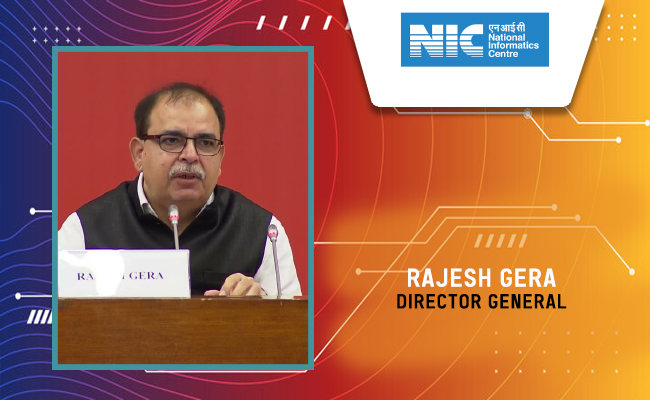A Slow Road to Recovery in 2024
By MYBRANDBOOK

The Indian smartphone market, once a growth juggernaut, navigated a challenging course in 2023. The year began with sluggish demand and a correction in shipment numbers, only to be partially offset by a strong second half.
India’s smartphone market experienced a tepid growth of 1% year-over-year (YoY) in 2023, with a total of 146 million units shipped, according to IDC’s Worldwide Quarterly Mobile Phone Tracker. The market showed resilience in the latter half of the year, growing by 11% YoY in 2H23, despite a significant 10% decline in the first half. Notably, the fourth quarter saw a robust 26% YoY increase, driven by several new model launches and higher-than-expected shipments.
This growth, however, comes amidst a backdrop of consumer demand stress, leading to excess inventory levels across sales channels. Even with price corrections and vendor schemes, the average selling price (ASP) hit a record $255, marking a 14% YoY increase.
This continues the trend of double-digit ASP growth for the third consecutive year, hindering the market’s recovery. The higher ASP is attributed to an increased share of premium-segment smartphones ($600+), rising from 6% in 2022 to 10% in 2023, and a surge in 5G smartph one shipments, which now account for a record 55% of the market.
Shifting Channel Dynamics and Price Segments
Online channel shipments saw a 6% decline in 2023, dropping to 49% of total shipments from 53% in 2022. Conversely, offline channel shipments grew by 8% YoY, reflecting vendors’ strategic retail expansion into smaller towns and cities and offering lucrative premium options.
In terms of price segments, the entry-level (sub-$100) segment grew by 12% YoY, capturing 20% of the market, up from 18% in 2022. Xiaomi continued to dominate this segment, followed by POCO and Samsung. The mass budget segment ($100-$200), however, experienced a decline, with its share dropping to 44% from 51%, a 12% YoY decrease. Vivo, Realme, and Samsung together accounted for 53% of the shipments in this segment.
The entry-premium segment ($200-$400) remained flat at 21% market share, with Vivo and OnePlus leading the charge. The mid-premium segment ($400-$600) grew by 27% YoY, reaching a 5% share, with OnePlus maintaining a 35% share, followed by Samsung and Vivo.
The premium segment ($600-$800) saw a 23% growth, led by the iPhone 13, Galaxy S23/S23 FE, and OnePlus 11. Although Apple’s share declined, Samsung’s share more than doubled in this segment. The super-premium segment ($800+) registered the highest growth at 86%, with its share rising from 4% to 7%. Apple led this segment with a 68% share, followed by Samsung at 30%.
The 5G Revolution and Foldable Phones
In 2023, 79 million 5G smartphones were shipped, with a notable increase in the mass budget segment ($100-$200), which now accounts for 35% of 5G shipments, up from 22% in 2022. The entry-premium segment ($200-$400) continues to dominate with a 38% share, although down from 49% in 2022. Top-shipped 5G models included Apple’s iPhone 13 & 14, Samsung’s Galaxy A14, Vivo’s T2x, and Xiaomi’s Redmi 12.
Foldable phones also saw significant traction, with nearly a million units shipped in 2023, and a 4% decline in ASP to $1,236. Samsung continued to lead the foldable market, although its share dropped to 73% as other players like Motorola, Tecno, OnePlus, and OPPO entered the market.
Brand Performance and Market Leadership
Apple had a stellar year in India, shipping 9 million units despite having the highest ASP at $940. This success was driven by strong sales of previous-generation iPhone models and a push for local manufacturing. The iPhone 13 and 14 were among the top five shipped models annually.
Samsung maintained its leadership position in the market with a record high ASP of $338, despite a 5% YoY shipment decline. The Galaxy A14 was the highest-shipped device of 2023. Vivo (excluding iQOO) climbed to the second slot, with shipments and ASPs both growing by 8% and 9% respectively, making it the only brand among the top five to register growth.
Realme, despite challenges in the early part of the year, secured the third position, driven by affordable launches. Meanwhile, the feature phone market saw a resurgence, with 61 million units shipped, growing by 8% YoY.
While Samsung exited the feature phone segment, Transsion continued to lead, followed by Lava, and the entry of Reliance Jio’s new 4G feature phone fueled growth in the second half of the year.
Indian Smartphone Manufacturing in 2023
India’s smartphone manufacturing landscape has been evolving rapidly, with the country positioning itself as a significant player in the global supply chain. In 2023, the Indian government’s Production Linked Incentive (PLI) scheme continued to attract major investments from both domestic and international players. This scheme, designed to boost local manufacturing and reduce dependence on imports, has been pivotal in transforming India into a global manufacturing hub.
According to data from the India Cellular & Electronics Association (ICEA), local production of smartphones in India reached 200 million units in 2023, a significant increase from previous years. This surge is largely driven by global giants like Apple, Samsung, and Xiaomi ramping up their local production capabilities. Apple’s commitment to India is particularly noteworthy, with the company manufacturing a substantial portion of its iPhone 13 and 14 models in the country, reflecting its strategy to diversify its supply chain away from China.
Samsung, another major player, expanded its manufacturing facilities in Noida, solidifying its position as one of the largest smartphone manufacturers in India. The company’s focus on producing both budget and premium models locally has helped it maintain a strong market presence. Xiaomi and other Chinese brands like Oppo and Vivo have also significantly increased their local manufacturing, contributing to the overall growth in the sector.
Market Outlook and Future Prospects
According to Navkendar Singh, AVP, Client Devices Research at IDC India, the road to recovery for the smartphone market in 2024 looks strained and elongated. Concerns around income, inflationary stress, price increases, and inventory levels persist. The year 2023 focused on affordable 5G devices, timely price corrections, and offline channel expansion by brands. Moving forward, greater efforts will be required, especially at entry-level price points, to drive organic growth.
IDC estimates a flat to low single-digit annual growth in 2024, primarily driven by upgraders in the $200-$400 segment, supported by financing schemes, extended warranties, and upgrade programs.
Global Factors and Market Challenges
The global smartphone market has faced several challenges, impacting the Indian market as well. The COVID-19 pandemic led to supply chain disruptions, which were further exacerbated by geopolitical tensions and semiconductor shortages. These factors contributed to increased production costs and delayed product launches, influencing market dynamics globally and in India.
Additionally, inflationary pressures have affected consumer purchasing power, leading to cautious spending behavior. Despite these challenges, the Indian market has shown resilience, driven by a young and tech-savvy population, increasing internet penetration, and a growing preference for digital services.
Conclusion: Navigating the Path Ahead
The Indian smartphone market stands at a crucial juncture, balancing between growth opportunities and persistent challenges. While the market showed resilience in 2023, the path to recovery in 2024 and beyond will require strategic efforts from manufacturers and retailers alike. Focusing on affordability, enhancing offline presence, and leveraging financing options will be key to unlocking the market’s potential.
As the industry navigates these challenges, the role of 5G, premium segments, and innovative form factors like foldable phones will be instrumental in shaping the future landscape of India’s smartphone market. The coming year will be pivotal in determining how well the market adapts to these dynamics and continues on its growth trajectory.
| Smartphone vendors market share 2023 |
| Brands | 2022 Market Share | 2023 Market Share | Year-over-Year unit change |
| Samsung | 18.10% | 17.00% | -5.30% |
| Vivo | 14.10% | 15.20% | 8.20% |
| Realme | 14.50% | 12.50% | -12.90% |
| Xiaomi | 17.80% | 12.40% | -29.60% |
| OPPO | 11.90% | 10.30% | -12.20% |
| Apple | 4.60% | 6.40% | 38.60% |
| OnePlus | 4.10% | 6.10% | 48.70% |
| Poco | 3.20% | 4.90% | 54.20% |
| Infinix | 2.30% | 3.10% | 39.80% |
| Tecno | 2.40% | 2.90% | 19.90% |
| Others | 7.00% | 9.20% | 33.00% |
| Total | 100.00% | 100.00% | 0.80% |


Legal Battle Over IT Act Intensifies Amid Musk’s India Plans
The outcome of the legal dispute between X Corp and the Indian government c...

Wipro inks 10-year deal with Phoenix Group's ReAssure UK worth
The agreement, executed through Wipro and its 100% subsidiary,...

Centre announces that DPDP Rules nearing Finalisation by April
The government seeks to refine the rules for robust data protection, ensuri...

Home Ministry cracks down on PoS agents in digital arrest scam
Digital arrest scams are a growing cybercrime where victims are coerced or ...


Icons Of India : AALOK KUMAR
Aalok Kumar is celebrated as a global leader and recipient of the Peop...

ICONS OF INDIA : RITESH AGARWAL
Ritesh Agarwal is an Indian billionaire entrepreneur and the founder a...

Icons Of India : NANDAN NILEKANI
Nandan Nilekani is the Co-Founder and Chairman of Infosys Technologies...


STPI - Software Technology Parks of India
STPI promotes and facilitates the growth of the IT and ITES industry i...

UIDAI - Unique Identification Authority of India
UIDAI and the Aadhaar system represent a significant milestone in Indi...

NIC - National Informatics Centre
NIC serves as the primary IT solutions provider for the government of ...


Indian Tech Talent Excelling The Tech World - Sundar Pichai, CEO- Alphabet Inc.
Sundar Pichai, the CEO of Google and its parent company Alphabet Inc.,...

Indian Tech Talent Excelling The Tech World - Dheeraj Pandey, CEO, DevRev
Dheeraj Pandey, Co-founder and CEO at DevRev , has a remarkable journe...

Indian Tech Talent Excelling The Tech World - Vinod Dham, Founder & Executive Managing Partner, IndoUS Venture Partners
Vinod Dham, known as the “Father of the Pentium Chip,” has left an...
 of images belongs to the respective copyright holders
of images belongs to the respective copyright holders